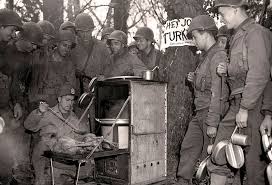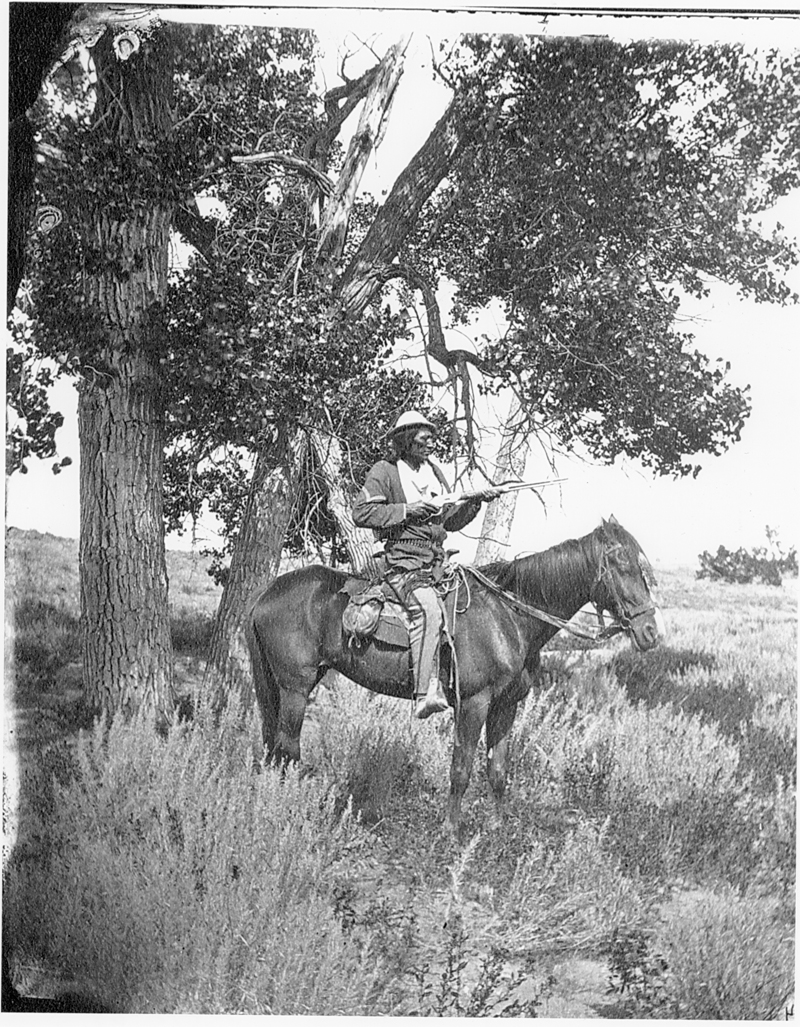
24-25 November 1863 - BATTLES OF CHATTANOOGA #CivilWar
After defeating Union Maj. Gen. William Rosecrans at Chickamauga in Sept., Confederate Gen. Braxton Bragg's Army of Tennessee took up positions south and east of Chattanooga, TN. on Lookout Mountain and Missionary Ridge.
After defeating Union Maj. Gen. William Rosecrans at Chickamauga in Sept., Confederate Gen. Braxton Bragg's Army of Tennessee took up positions south and east of Chattanooga, TN. on Lookout Mountain and Missionary Ridge.

The CSA force lay siege to Rosecrans' Army of the Cumberland in the city, cutting it off its rail access. The War Dept. dispatched about 20,000 men under Maj. Gen. Joseph Hooker from the Army of the Potomac by rail in late Sept. to relieve the beleaguered Union army.
In late Oct., Hooker attacked CSA positions southwest of Chattanooga to restore rail access. Maj. Gen. Ulysses S. Grant arrived and took overall command; Maj. Gen. W. T. Sherman led Grant's Army of the Tennessee, while Maj. Gen. George Thomas replaced Rosecrans. 

Early in Nov. Bragg sent Lt. Gen. James Longstreet's corps against the Union Army of the Ohio in eastern Tennessee, reducing the rebel force besieging Chattanooga to about 40,000 men. At about the same time Sherman arrived, increasing Grant's strength to about 60,000 men. 

Hooker's force stormed Lookout Mountain on 24 Nov., and Thomas' and Sherman's armies routed the Confederates from Missionary Ridge the next day. Bragg's army was forced to retreat south, using one of his divisions to block Grant’s pursuit.
#Armyhistory #USArmy #TRADOC
#Armyhistory #USArmy #TRADOC

DID YOU KNOW
Chattanooga was considered the "Gateway to the South," and Grant's victory opened the way for the U.S. Army's advance towards Atlanta.
#CivilWarHistory #AmericanCivilWar #Chattanooga #Tennessee #UnionArmy #UlyssesSGrant #MilitaryHistory @USArmy @TRADOC @TradocCG
Chattanooga was considered the "Gateway to the South," and Grant's victory opened the way for the U.S. Army's advance towards Atlanta.
#CivilWarHistory #AmericanCivilWar #Chattanooga #Tennessee #UnionArmy #UlyssesSGrant #MilitaryHistory @USArmy @TRADOC @TradocCG

• • •
Missing some Tweet in this thread? You can try to
force a refresh


















